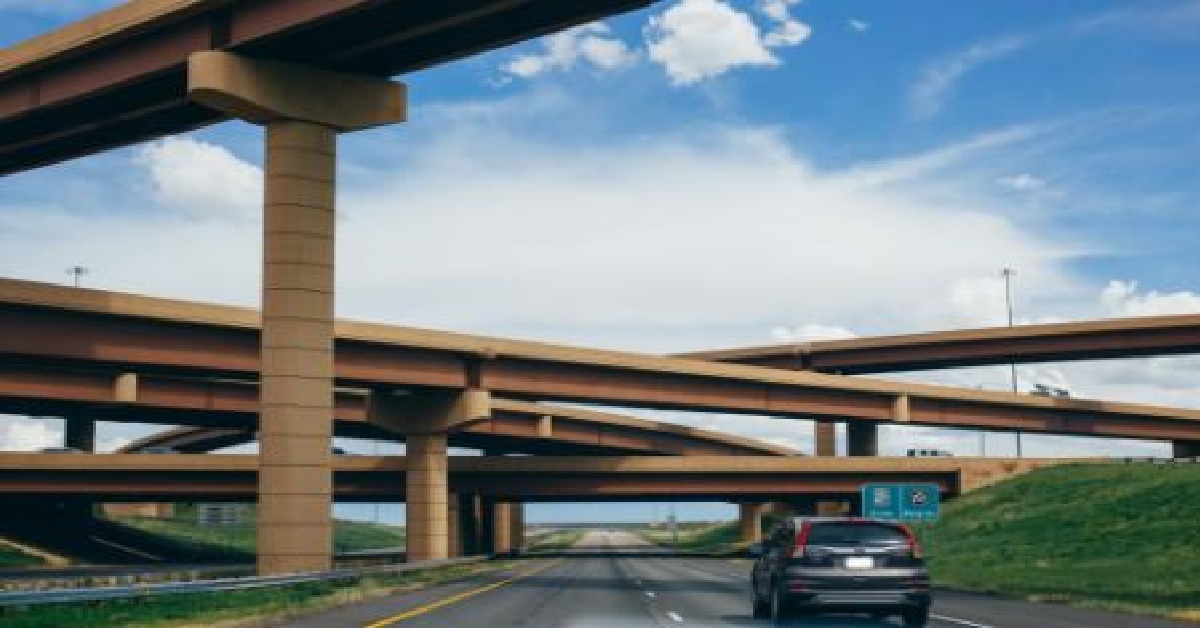What is the difference between a flyover and a bridge? Many stumble upon this query. Both these structures are synonymous. Both flyovers and bridges are constructed so that people and vehicles can travel on them. Yet, there are certainly some vital points that make both structures different from each other.
Flyovers and bridges are essential infrastructures that allow us to travel with ease and save time while going from point A to B. But what is the difference between flyovers and bridges?
The name flyover itself suggests that you are flying over. And this flight is to get rid of the traffic congestion. On the other hand, bridges are structures that work as a bridge between two points. And it becomes necessary when the area between two points is inaccessible. Rivers, seas, valleys, or uneven lands are the best examples of such inaccessible areas.
The simple answer is that flyovers are built over roads to reduce traffic congestion, whereas bridges connect two points by providing passage over physical obstacles like water bodies and valleys. However, there are plenty more differences between flyovers and bridges.
Purpose
Flyovers reduce traffic congestion on the road by providing an extra route while not taking up space due to their elevated structure. Bridges on the other hand are responsible for connecting two points that are separated by physical obstacles like rivers, valleys, and uneven terrain. Bridges are usually built for trains, buses, and cars.
Design
Flyovers are elevated roads supported by columns that also allow vehicles to pass under them. Columns also support bridges, but vehicles can only pass over the bridge. Of course, boats and small ships can pass under a bridge on the water body.
Location
Flyovers are generally found in cities and crowded areas where there is a need to relieve traffic congestion. On the other hand, bridges are generally found in remote areas with varying geography like rivers, lakes, valleys, and canyons.
Length
Flyovers are usually shorter in length because they serve their purpose in specific urban areas like intersections and congested roads. However, the length of a bridge depends on how much distance it needs to cover.
Environmental factors
Flyovers are built with more focus on transport efficiency and less focus on environmental factors. The opposite is true for bridges as natural elements directly affect them. While building a bridge, engineers and construction workers must consider factors like seismic activity, water flow, and landslides depending on the location. Construction over the river is tedious since the foundation has to be carried out on the river bed.




 Ms Kalinga
Ms Kalinga